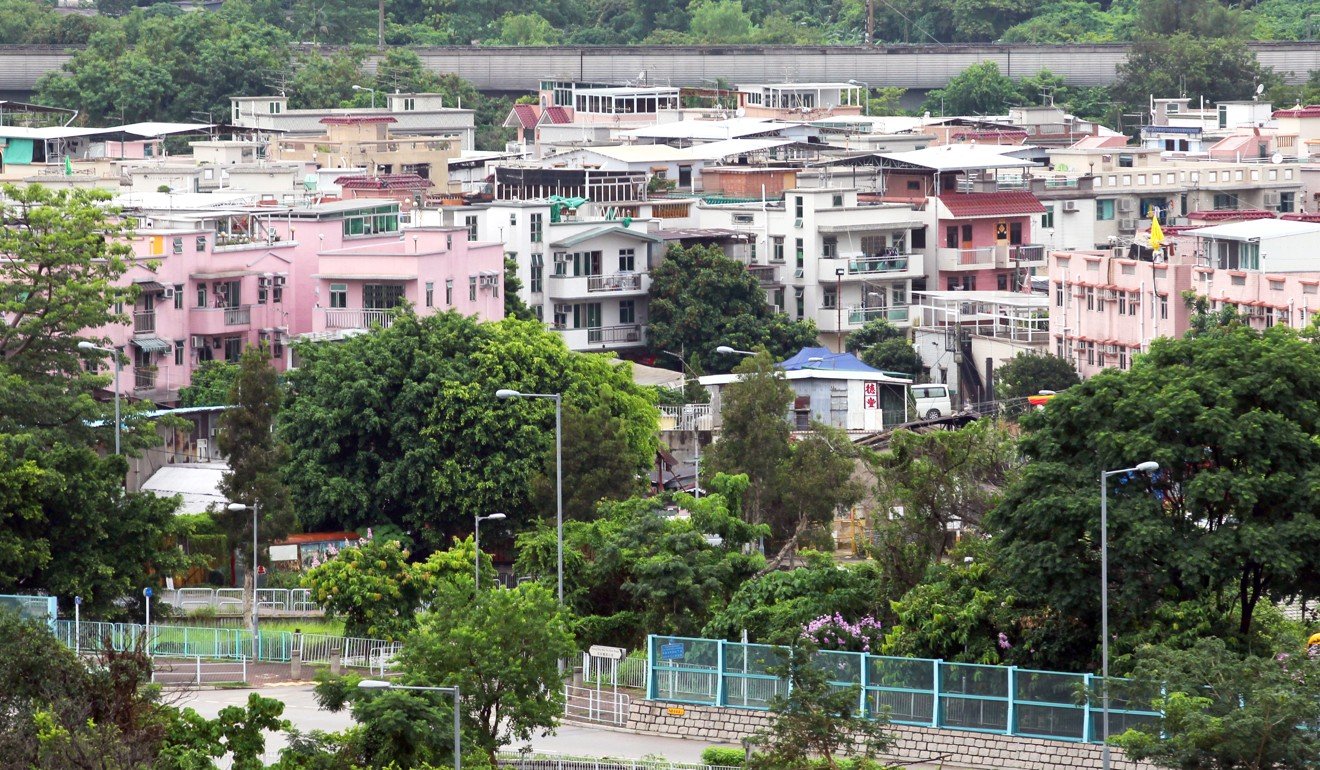
Why Hong Kong’s solar energy push risks leaving out village houses
However, villagers in the New Territories who are interested in investing and committing themselves to solar energy have some concerns.
Together with two NGOs, I launched a pilot scheme to help participating small-house owners in Tuen Mun, Pat Heung, San Tin and Tai Po to test the viability of using solar power devices on village house roofs. During the process, we ran up against a wall of bureaucracy when we tried to seek permission from the various government bureaus and departments – buildings, development, environment, and lands – to relax building rules. Our request was bounced between the agencies like a ping-pong ball.
We have good reason for wanting these rules relaxed.
On top of this, for non-exempted village houses, the Buildings Department further restricts the construction of solar devices to a height of 1.5m (4.92 feet). It is hard to imagine how one can manoeuvre in this claustrophobic space under a solar device of such a height.

Realistically, the attractiveness of the feed-in tariff scheme depends on how soon village house owners can recoup the cost of installing a solar device, which on average costs more than HK$100,000. In turn, this would depend on how much electricity the solar device can generate, which affects how much money house owners can get by selling the electricity to the power company.
Generally speaking, the smaller the size of the solar device, the less wattage it can generate, thus affecting the length of time needed to recoup the installation cost.
I would like to relay their concerns to the policy bureaus and departments concerned.
Junius Ho Kwan-yiu, legislative councillor for New Territories West

